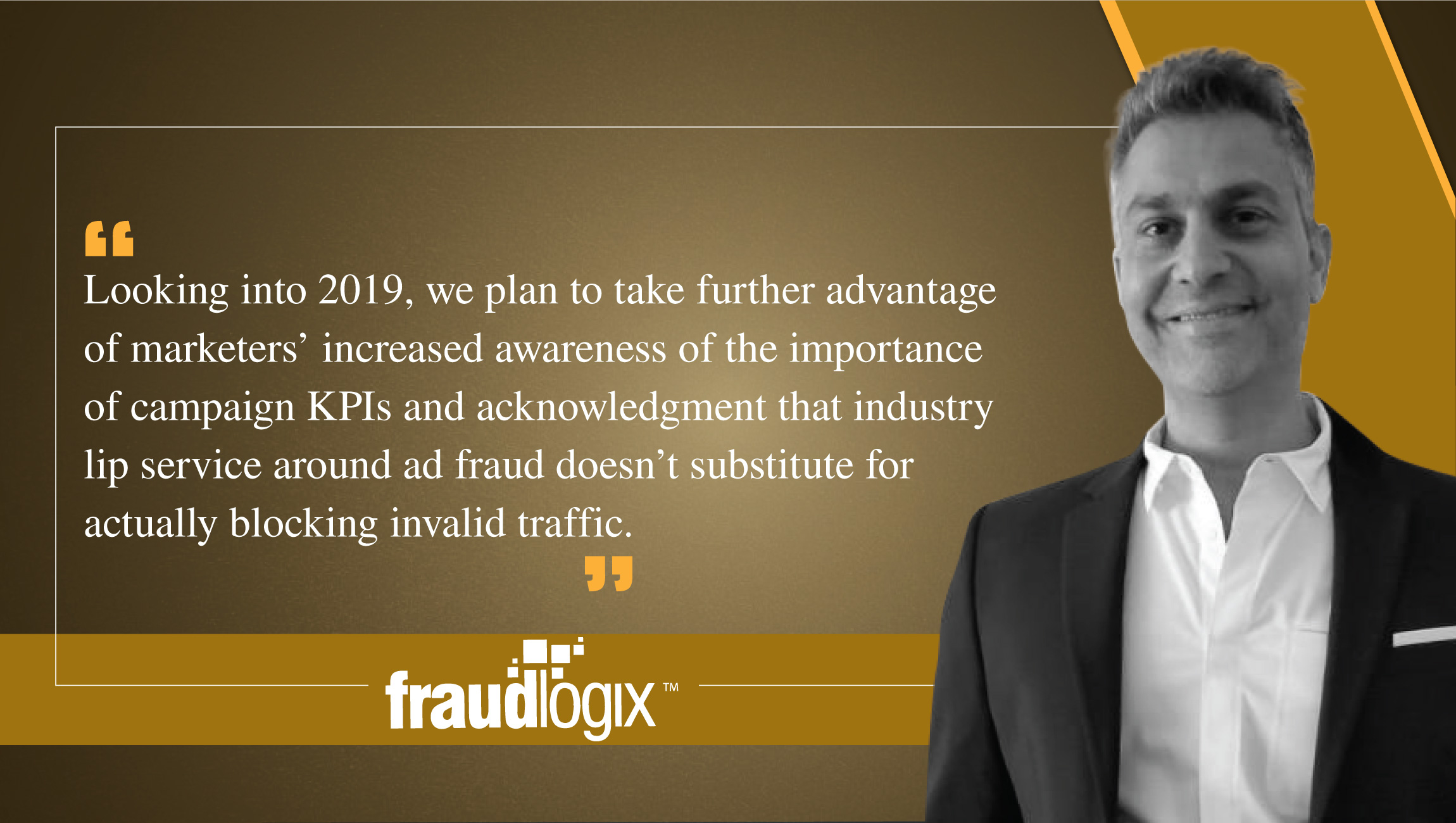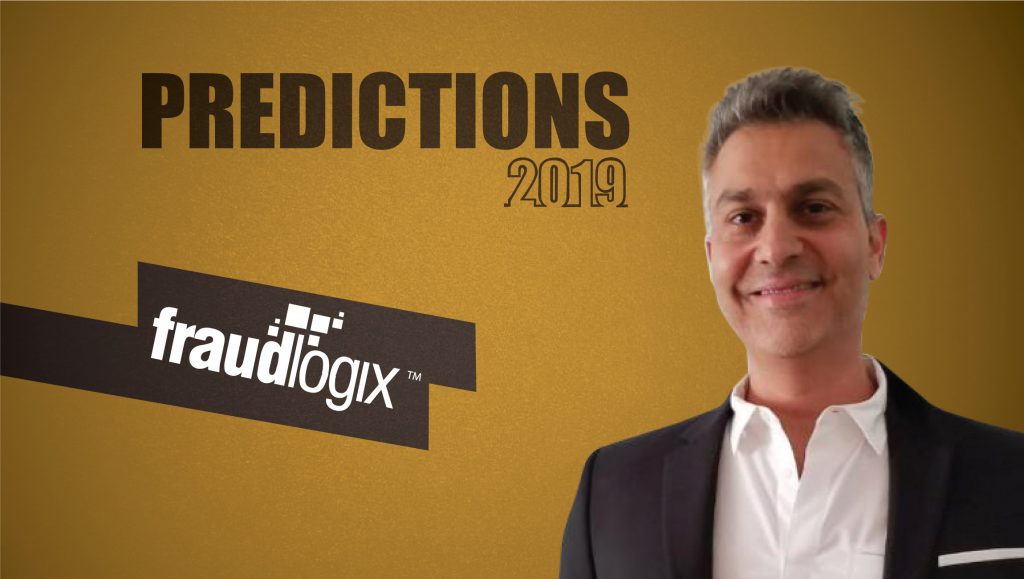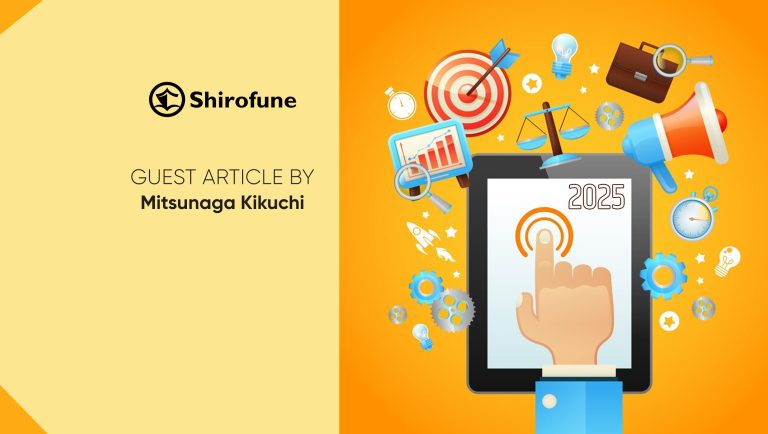
How big is your Marketing and Sales team?
Our marketing team is under 10 — a majority of our team is dedicated to data science and development.
What opportunities and challenges did you and Fraudlogix identify at the start of 2018 and have things worked out as planned?
The digital advertising industry is constantly evolving and 2018 saw new challenges around GDPR and ads.txt implementation. We addressed GDPR by adjusting our products to comply with the regulation. Additionally, ads.txt implementation was taking off earlier on in 2018, so we developed measurement tools for our clients to use.
We saw opportunities around transparency and in the mobile channel in 2018. We’ve always been open about what we are and are not blocking and why, but the push for increased transparency and the move away from black-box solutions has played in our favor. Additionally, marketers are growing increasingly aware of ad fraud and the limitations of popular solutions for it.
Having an effective, simple solution to block invalid traffic to campaigns, especially mobile ones, has helped us connect with the buy-side of the market, especially when they see the difference it makes in their campaigns.
How does Fraudlogix look further into 2019 to build on its expertise to connect AdTech analytics with fraud prevention technologies?
Looking into 2019, we plan to take further advantage of marketers’ increased awareness of the importance of campaign KPIs and acknowledgment that industry lip service around ad fraud doesn’t substitute for actually blocking invalid traffic. Checking a box isn’t enough anymore — marketers want to see improved conversion rates and campaign performance.
Moreover, as marketing becomes increasingly data-driven, it’s important that the data being analyzed is from real traffic so any conclusions derived from it are accurate and not distorted by fraud.
What are your predictions on the “Role of Automation and Affiliate Marketing” in preventing ad fraud and click fraud?
Regarding the role of automation in preventing ad fraud and click fraud, it’s essential moving forward as online traffic increases. While you may be able to manually look at a few conversions and identify those that seem suspect, it’s not a sustainable or effective solution for fraud. Fraudulent bots (those responsible for ad fraud and click fraud) have become more sophisticated and now possess the ability to very closely mimic human behavior. Automation helps to connect the dots among massive volumes of data and identify subtle anomalies that are synonymous with fraudulent activity. After identifying fraudulent behavior, automated blocking keeps fraud out of marketers’ campaigns.
How has the definition of click fraud changed over the last two years?
While the industry might see different terminology for click fraud, its definition hasn’t changed for us — it’s still an automated and scripted method for generating fake clicks.
How do you see Fraudlogix closing the gap in mobile advertising ROI and RTB?
By eliminating non-human traffic in the mobile space. By enhancing our ad fraud detection methods in the in-app and mobile web space, advertisers will see increased KPIs and have better insight into what’s working and what’s not for them.
Do you think AI-as-a-Service and Experience-as-a-Service could be the new destination for companies you are competing with?
Thus far we haven’t seen much in that direction. We’ll have to see how that plays out in the industry.
Which technology are you hoping would make the biggest impact on Marketing and Sales performance?
More transparency between exchanges, networks, and platforms in the RTB space and an environment that fosters real incentives for more data sharing, so all players are contributing their best data to the community. This could ultimately lead to a cleaner, more effective space, leading to better campaign performance.
What was the most impactful lesson you learned in 2018? How do you plan to implement the lesson in building your product roadmap for 2019?
Transparency — you can never provide too much detail on why traffic is getting flagged. Clients really appreciate the information. In 2019, we will continue to go in the direction of providing more data to our clients.
Which leaders in the industry do you closely work with? How do they help you stay close to the business actions?
We work with some of the leading supply-side vendors of the digital ad industry: networks, exchanges, SSPs, and DSPs.
One advice to all the marketing and technology developers in your community.
Don’t overwhelm users with millions of features and functions that they won’t use. Focus on what clients really need and keep it simple.
Hagai started in the online ad space in 1998 when he founded and bootstrapped his first internet media company, which ultimately grew to become a premier technology solutions provider for the ad tech space. The company was eventually purchased by Interclick (NASDAQ), which was later purchased by Yahoo! He’s been featured as a thought leader in numerous publications, including the Wall Street Journal, Ad Exchanger, Media Post, and CMO. Hagai’s knowledge of the ad tech industry combines experiences from multiple facets over the years. He’s worked in the space as an advertiser, an agency, an affiliate, a network, a publisher, and a technology provider. He has a unique, well-rounded understanding of ad tech and the real drivers that lie underneath the surface.

Fraudlogix is an online advertising fraud detection company founded in 2010 by industry veterans with a deep understanding of the digital ad ecosystem. It is the first of its kind to cater to the unique challenges faced by the supply side (ad networks, ad exchanges, and SSPs) and DSPs within the online advertising marketplace, providing them with pre-bid fraud solutions for desktop, mobile, in-app, and video environments. Fraudlogix’s pixel-based technology allows it to monitor data from over 640 million unique users, 1.2 billion unique devices, and 12 million URLs monthly. It’s able to map the latest devices, locations, bots, behaviors, and hacking tactics that are being used by ad fraudsters.























